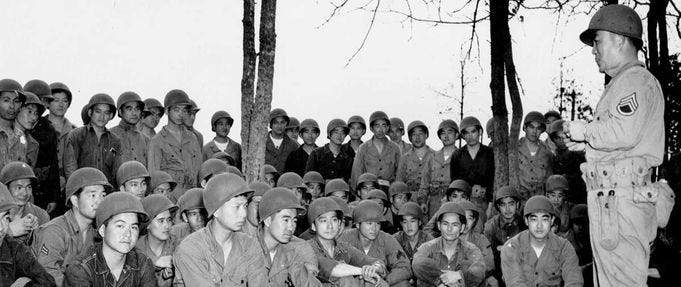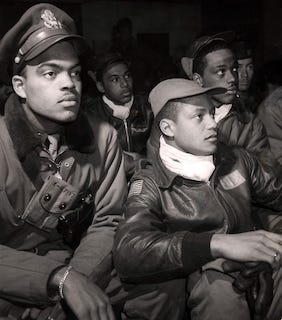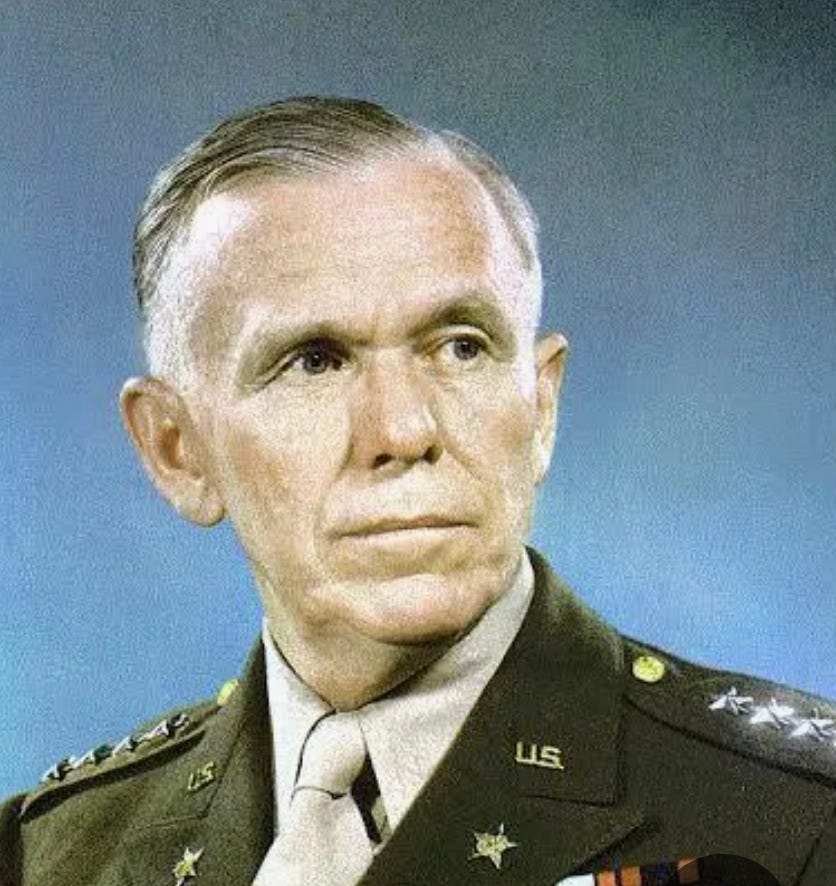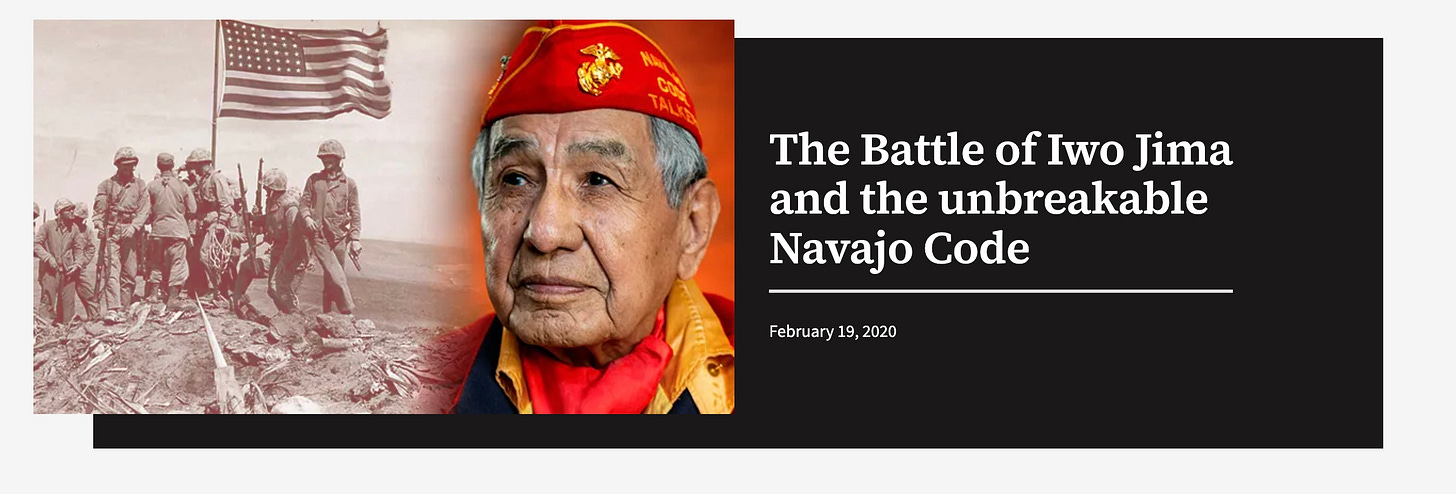Here’s the Proof

The Quote: “I think the single dumbest phrase in military history is ‘our diversity is our strength.’” —Pete Hegseth
The Reality: Every major American military victory in the last century depended on one principle: stop excluding talent based on who people are, and start using them based on what they can do.
Call it diversity. Call it anti-discrimination. Call it meritocracy.
The name doesn’t matter. The principle does.
And anyone who doesn’t understand it is dangerous—because their ignorance leads to failed missions, missed intelligence, and body bags.
Here’s what actually happened when America finally—grudgingly, partially—let more Americans fight.
Reality No. 1: The 442nd Regimental Combat Team—Japanese American Heroes

The Facts
Formed in 1943, almost entirely of second-generation Japanese Americans (Nisei). Many volunteered from internment camps while their families remained behind barbed wire.
- Motto: Go for Broke
- Theater: Italy, France, Germany
The Record
The most decorated unit in U.S. military history for its size and length of service, according to the Go For Broke National Education Center and the National WWII Museum:
Casualty rate: 314 percent turnover. Every slot was filled more than three times due to injuries and deaths.
- 21 Medals of Honor
- 52 Distinguished Service Crosses
- Over 9,000 Purple Hearts
- More than 18,000 total awards for valor
The Moment That Proves Everything
The rescue of the “Lost Battalion” (Vosges Mountains, France, October 1944):
- 211 men of the Texas 1st Battalion, 141st Infantry, were surrounded and cut off
- The 442nd was ordered to break through German lines
- They suffered over 800 casualties to save 211 Texans
- German losses: hundreds killed or captured
These soldiers took 800 casualties to rescue white soldiers from a state where many of them couldn’t have legally married, owned property, or testified in court.
They didn’t do it because of a diversity program. They did it because once America stopped excluding them, it turned out they were some of the best soldiers we had.
Reality No. 2: The Tuskegee Airmen—Red-Tailed Angels

The Facts
- Official designation: 332nd Fighter Group
- Nickname: Red Tails (for the distinctive red paint on their P-47 Thunderbolts and P-51 Mustangs)
- Theater: Mediterranean—Italy, North Africa, Germany
- Active combat: 1943–1945
The Record
Category Numbers Total missions 1,578 combat missions; over 15,000 sorties Enemy aircraft destroyed (air-to-air) 112–122 confirmed kills Enemy aircraft destroyed (ground) 150+ Bombers escorted Over 200 missions Bombers lost under their protection Only 27 (far below the 7% average for other units)
The Reputation
Bomber crews called them Red-Tailed Angels because they brought pilots home alive.
White bomber commanders specifically requested the 332nd as escorts. They didn’t care about the color of the pilots’ skin. They cared about getting home to their families.
When you’re over Germany with flak exploding around you and Messerschmitts diving from above, the question isn’t about diversity programs or training seminars. The question is: who’s the best pilot?
The Tuskegee Airmen were the answer.
Once America stopped excluding them from flying, bomber crews stopped dying.
Key Figures
- Col. Benjamin O. Davis Jr.: West Point graduate; first African American general in the U.S. Air Force
- Capt. Lee Archer: Five confirmed kills; regarded as the group’s top ace
- Lt. Charles McGee: Flew 409 combat missions across WWII, Korea, and Vietnam
- Lt. Roscoe Brown: First U.S. pilot to down a German Me 262 jet
The Impact
Their record directly disproved racist beliefs about African Americans’ abilities in combat. President Truman’s Executive Order 9981, which desegregated the U.S. Armed Forces in 1948, came partly because no one could look at the Tuskegee Airmen’s record and maintain the lie.
Reality No. 3: Marshall’s Purge—Merit Over Comfort

The Problem
When George C. Marshall became Army chief of staff in September 1939, the U.S. Army ranked nineteenth in the world—smaller than Portugal’s.
He had four years to transform it into a 12-million-man global force capable of fighting Germany and Japan simultaneously.
The biggest obstacle wasn’t equipment or training. It was the officers.
The Solution
Marshall kept a private list of officers he judged unfit for high command. Most were senior white men from the old prewar army—loyal, polite, connected, and utterly unsuited for modern war.
He said: “I cannot afford to have my feelings govern my judgment.”
So he didn’t.
Take Major General George V.H. Moseley. A decorated WWI veteran, personal friend of Marshall’s, politically connected. Marshall forced him into retirement in 1938 because Moseley couldn’t adapt to mechanized warfare and modern logistics. Moseley was comfortable. He wasn’t competent enough for what was coming.
In 1940–41, Marshall quietly purged hundreds more—men he personally liked, men who had served with him for decades, men with political connections.
He refused to protect friends. He refused to accept political recommendations.
Whom He Promoted Instead
Marshall elevated a new generation based on one criterion: Could they win?
He promoted Eisenhower, Bradley, and Patton—men unknown to the public but unmatched in ability. Behind them came Ridgway, Clark, Gavin, Arnold. All chosen for what they could do, not who they knew.
Why It Mattered
By the time Pearl Harbor happened, the U.S. Army’s command structure had been rebuilt from scratch. Marshall’s “bench” could plan and fight a modern, mechanized, global war.
Eisenhower later said: “Without Marshall, there would have been no victory.”
The Lesson
Marshall laid the foundation for victory before the first shot was fired—not with bullets, but with personnel decisions. He drew a line through mediocrity and comfortable privilege.
He proved that excluding people based on familiarity and comfort weakens you. Including people based on competence and adaptability makes you stronger.
That’s the principle. Whether you apply it to race, background, or just old-boys’ club thinking—it’s the same lesson.
Reality No. 4: The Navajo Code Talkers—The Unbreakable Weapon

The Problem
By 1942, Japan was intercepting and decoding U.S. military communications across the Pacific. Every radio message, every tactical plan, every troop movement—compromised within hours.
American soldiers were dying because the enemy knew where they were going before they got there.
The Solution
The U.S. Marine Corps recruited Navajo speakers to develop and operate an unbreakable code based on their native language.
Why it worked:
- Navajo is a tonal, verb-based language with no written alphabet
- Fewer than thirty non-Navajo could speak it worldwide
- It had never been studied by the Japanese
- The Code Talkers created new words for military terms that didn’t exist in Navajo
Result: The Japanese never broke it. Not once. Not in three years of war.
The Record
- Recruited: Approximately 400 Navajo Code Talkers served
- First combat use: Guadalcanal, 1942
- Key battles: Guadalcanal, Tarawa, Peleliu, Iwo Jima, Okinawa
- Speed: Could encode, transmit, and decode a three-line English message in 20 seconds (machines took 30 minutes)
- Messages sent: Hundreds per day during major operations—all indecipherable to the enemy
Iwo Jima
During the first forty-eight hours of the Battle of Iwo Jima, six Navajo Code Talkers worked around the clock, transmitting more than 800 messages without error.
Major Howard Connor, 5th Marine Division signal officer, said:
“Were it not for the Navajos, the Marines would never have taken Iwo Jima.”
The Recognition
The code remained classified until 1968. The Navajo Code Talkers received the Congressional Gold Medal in 2001.
They had saved thousands of American lives using the same language that American boarding schools had beaten out of their grandparents’ generation.
The Irony
The Navajo Code Talkers were fighting for a country that had:
- Forced their people onto reservations
- Stolen their children and sent them to boarding schools to “kill the Indian, save the man”
- Forbidden them from speaking their own language
- Denied them citizenship until 1924
America had tried to erase the very thing that saved us in the Pacific.
Then when we needed it, we finally stopped excluding it.
And we won.
What This Actually Proves
These weren’t “diverse” units in the modern sense. The 442nd was all Japanese-American. The Tuskegee Airmen were all Black. The Code Talkers were all Navajo. The military was segregated, not integrated.
So how do these prove that “diversity is our strength”?
Because they prove the principle underneath that phrase:
Every time America excluded talent based on identity—race, ethnicity, language, background—we got weaker.
Every time we stopped excluding it, we got stronger.
Not because diversity is magic, but because it clears the path for merit. When you open the door wide enough for talent to show up from anywhere, the best people rise—because the field is finally level.
The 442nd didn’t succeed because of diversity policy. They succeeded because America finally stopped leaving talent in camps.
The Tuskegee Airmen didn’t succeed because of affirmative action. They succeeded because we finally stopped refusing to let Black men fly.
The Code Talkers didn’t succeed because of a DEI initiative. They succeeded because we finally stopped suppressing the language we needed.
Marshall didn’t succeed because he prioritized diversity. He succeeded because he stopped protecting comfortable mediocrity.
The mechanism is simple: Exclusion weakens. Inclusion strengthens.
You can call it diversity. You can call it anti-discrimination. You can call it meritocracy. You can call it common sense.
The name doesn’t matter.
What matters is this: Any system that excludes talent based on who people are instead of what they can do will lose to a system that doesn’t.
That’s not political correctness. That’s strategic reality.
Why This Matters Right Now
Hegseth says diversity is the “dumbest phrase in military history.”
But history asks a different question: How many wars did we almost lose because we were too stupid to use our best people?
How many battles could we have won faster if we’d integrated in 1941 instead of 1948?
How many lives could we have saved if we’d recruited Navajo speakers in 1917 instead of 1942?
How many more soldiers would have survived if we’d let the Tuskegee Airmen fly from the beginning?
Right now, people who don’t understand this are making policy. They’re weakening recruitment, undermining readiness, and repeating history’s mistakes. When that thinking takes hold, missions fail, intelligence is missed, and people die. Not metaphorically—actually.
Why They’re Dangerous
People like Hegseth are dangerous because their ignorance has consequences:
They weaken recruitment by telling talented people from diverse backgrounds that they’re not wanted or valued.
They undermine readiness by prioritizing demographic comfort over operational effectiveness.
They repeat history’s mistakes by advocating for the same exclusionary thinking that left the 442nd in camps, grounded the Tuskegee Airmen, and nearly silenced the Code Talkers.
They’re making national security decisions without understanding how America actually wins wars.
The people making these arguments would have:
- Kept the 442nd in camps while Americans died in France
- Grounded the Tuskegee Airmen while bombers burned over Germany
- Silenced the Code Talkers while Marines died on Pacific beaches
- Let Marshall’s comfortable friends lose the war
They would have done all of that because they confused familiarity with competence.
They would have done it because they thought comfort was more important than survival.
They would have done it because they didn’t understand that talent doesn’t care about your prejudices.
And they were wrong then.
And they’re wrong now.
And they’re dangerous.
The Bottom Line
We’re in a fight right now. Not in Europe or the Pacific, but here. On our streets. For our institutions. For the soul of what America means.
And we need every capable person we have.
We can’t afford to exclude talent because it makes someone uncomfortable.
We can’t afford to prioritize familiarity over competence.
We can’t afford leaders who don’t understand that the whole point of America is that excellence can come from anywhere.
The 442nd understood that. The Tuskegee Airmen understood that. The Navajo Code Talkers understood that. Marshall understood that.
They were all different. They all faced different obstacles. But they all proved the same thing:
America is strongest when we stop asking where people come from and start asking what they can do.
That’s not diversity as a slogan.
That’s diversity as strategy.
That’s diversity as survival.
And anyone who calls it “the dumbest phrase in military history” either doesn’t know the history or is lying about it.
History has already judged them.
We need to catch up.
Having an idiot at the helm of the Department of “War” is asking for abject failure of the system to defend its citizens — those of every color, religion, background, and creed — because defending America requires using every ounce of talent America has, and anyone who doesn’t understand that will get Americans killed.
Duh.

